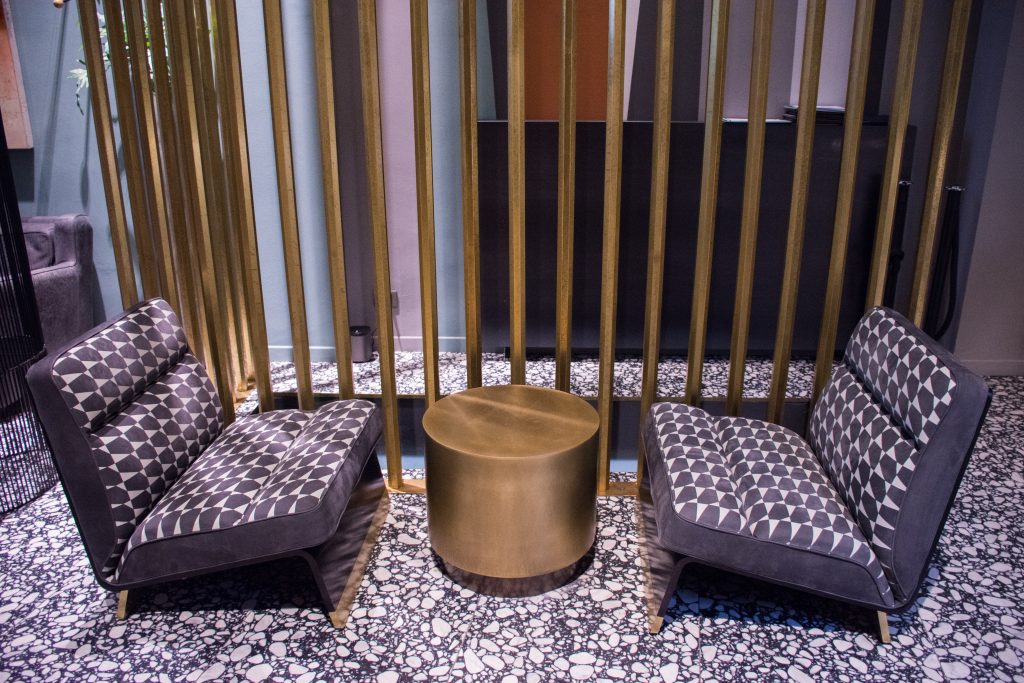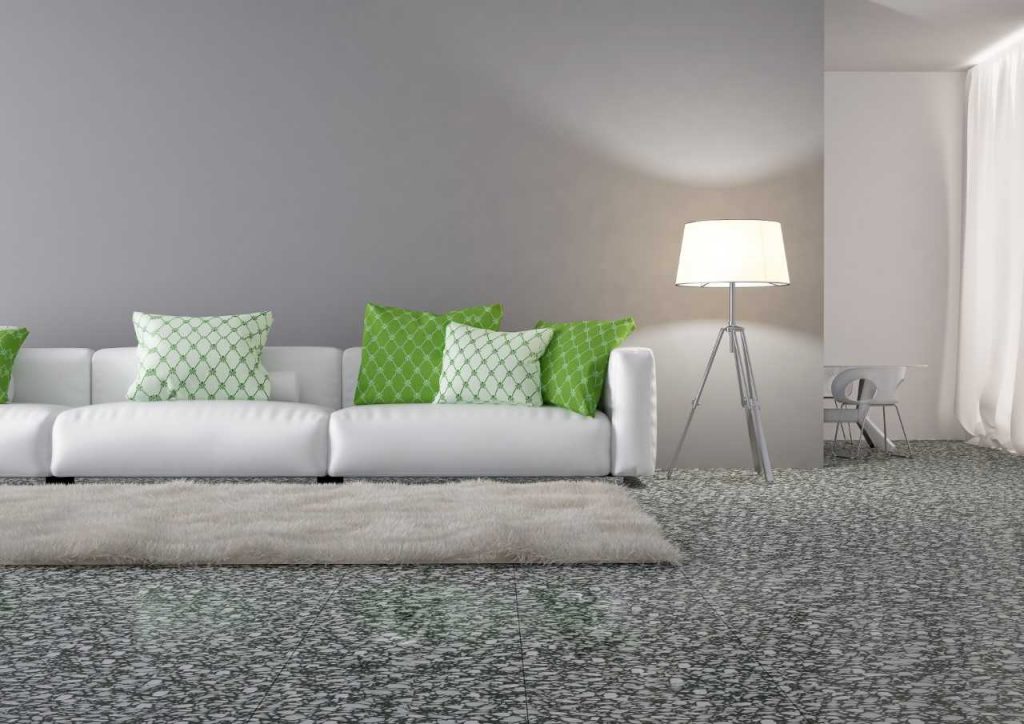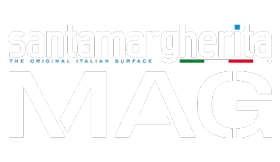Choosing a floor, like anything else related to interior design, means following a precise inspiration that changes and evolves as the years go by, creating specific, clearly identifiable styles. We could speak of actual floor trends, whose evolution has allowed for the identification of the vogues and preferences of the various periods across history that have influenced their style and appearance.
Floor trends: what factors are they determined by?
There are various factors influencing floor trends. The aesthetic style of the time when they were built clearly has a fundamental role, especially in terms of the design of the furniture going with it. Another important factor is the evolution of the processing techniques of the materials used. In ancient times this had a dominant role on the others in influencing the look of a floor. Thanks to the discovery of new materials and the advent of increasingly advanced technology, the other factors have become equally decisive. The chance of using the latest technology allowed for the creation of surfaces featuring a wide range of colour combinations with substantial differences in the final result of the floor in terms of resistance and appearance. Take for instance the history of agglomerates: inspired by the traditional Venetian terrace, in the 1950s they were mostly made of cement-based material. The advent of resins allowed for new creative horizons, combining resistance and beauty thanks to the use of an extraordinary variety of grains and colours.
Evolution and circularity: only apparently an oxymoron
As happens in the furniture and construction world, floor trends also follow a circular and recurring pattern. A past trend may come back in vogue, dictating the style of floors again, though often coming back with variations and innovations compared to their first appearance. The recurrence of trends is not in contradiction with the evolution in terms of style, but rather leads the past tradition to come back again with a new interpretation, sometimes with new outcomes.

SM Marble – Palladio Moro is the centrepiece of an elegant black&white setting
From the Seventies to the present day: SM floor trends
Over the years, Santamargherita drew inspiration from interior design fashion and the trends to create surfaces “abreast with the times”. By examining the distinctive colour features and observing the characteristics of the grain, one can trace the evolution of the style and trends of floors from the Seventies up until today. By looking at the floors of the 1970-80s, one can see there was almost a total stylistic prevalence of coarse-grained floors, whose aspect was reminiscent of Venetian terraces. The grain gradually became finer, following the granite trend, which was particularly popular in the Eighties. The smaller grain size was the leitmotif of floors in the 1990s/2000s too, featuring an increasingly finer and lighter grain. Recent years have instead seen a comeback of the terrace, with an even more striking look, capable of giving floors and rooms a bold personality and adding a unique style.

The Editor
